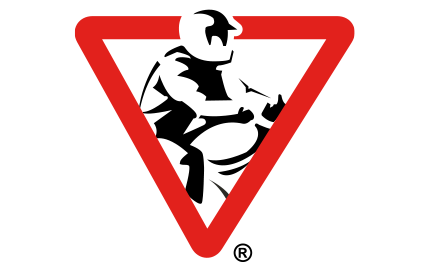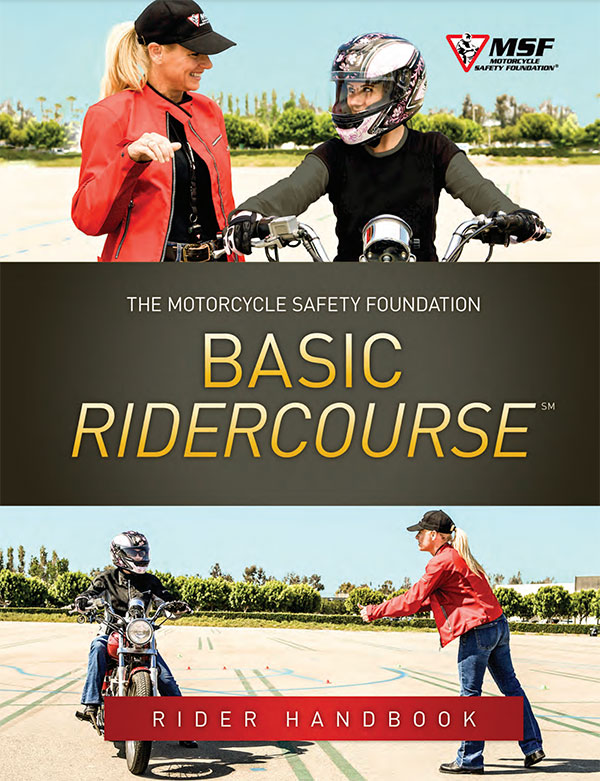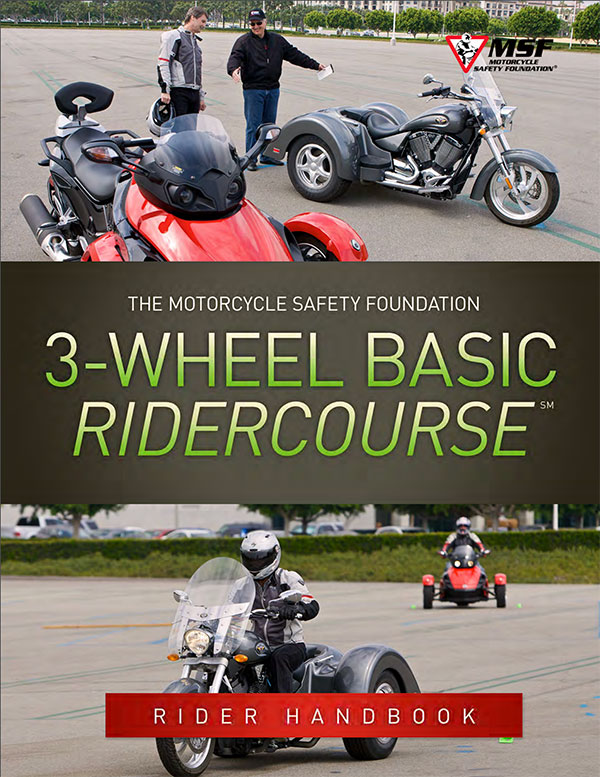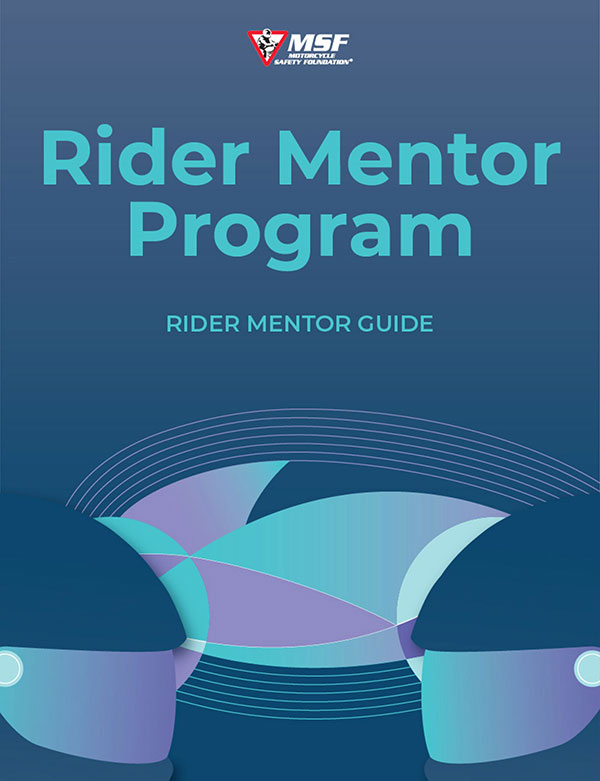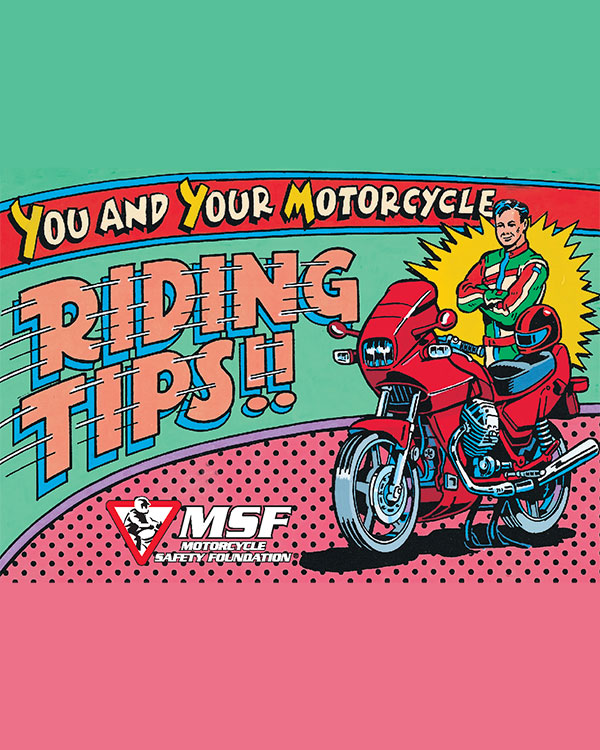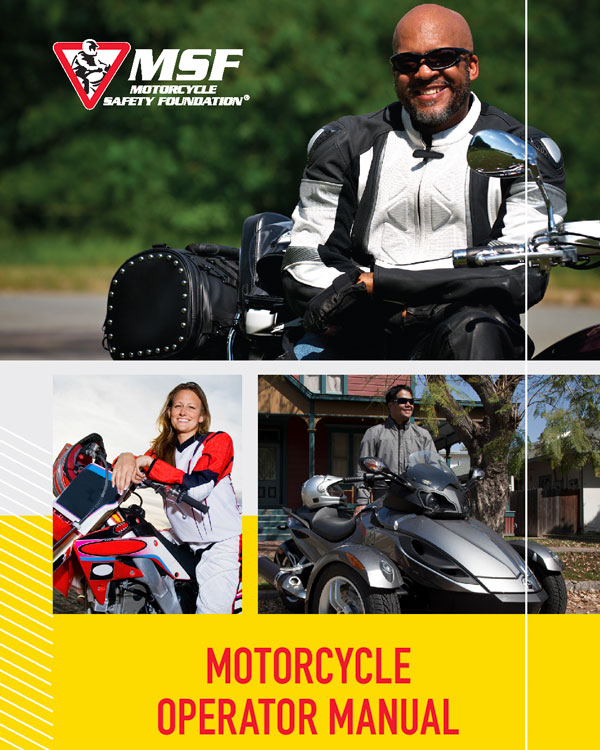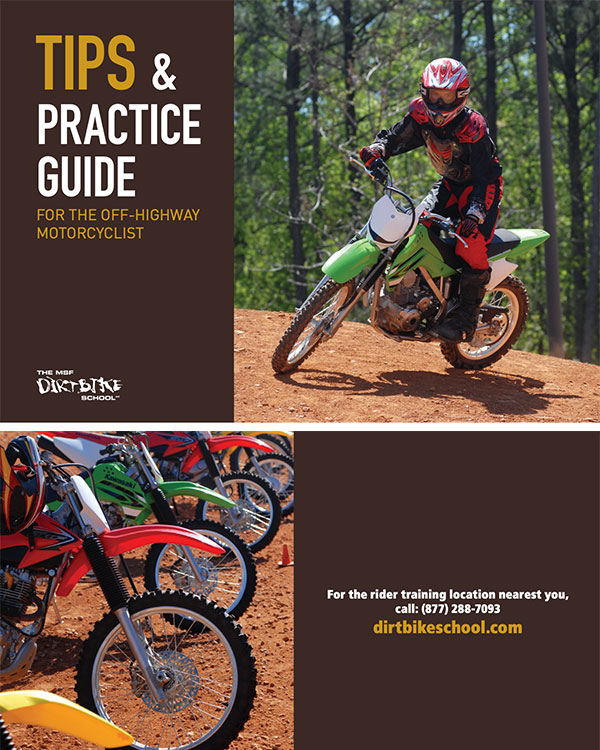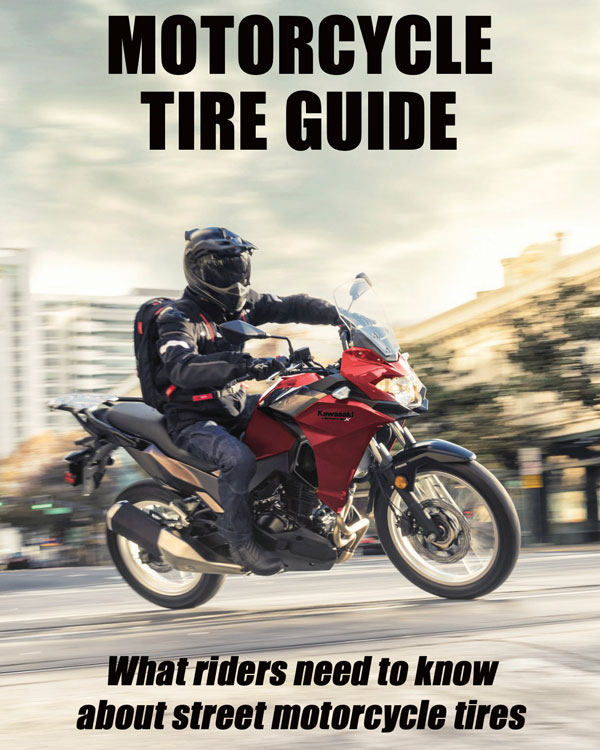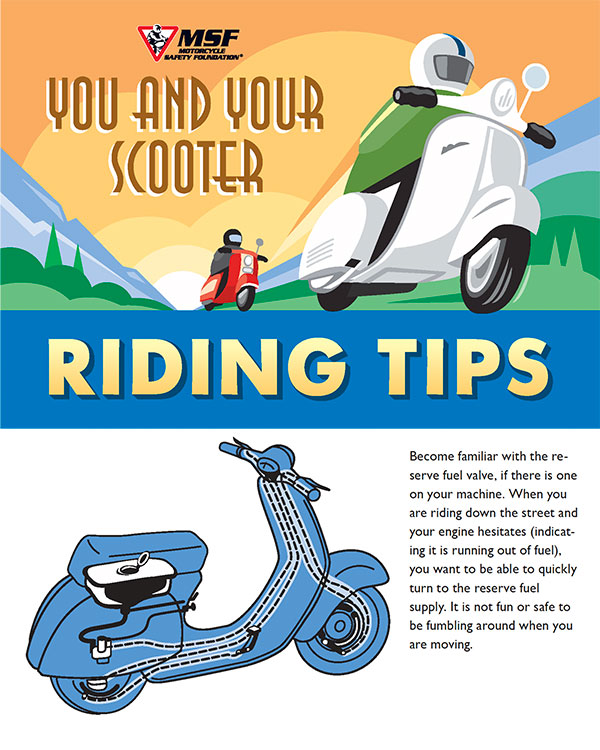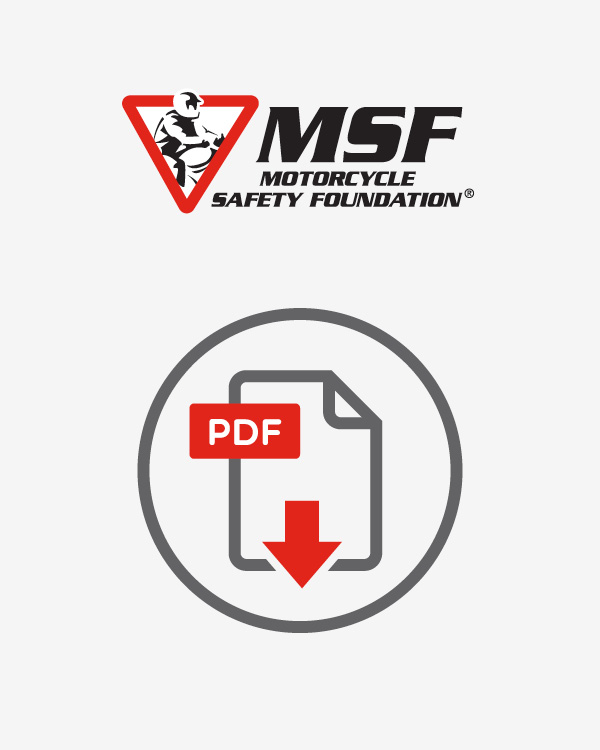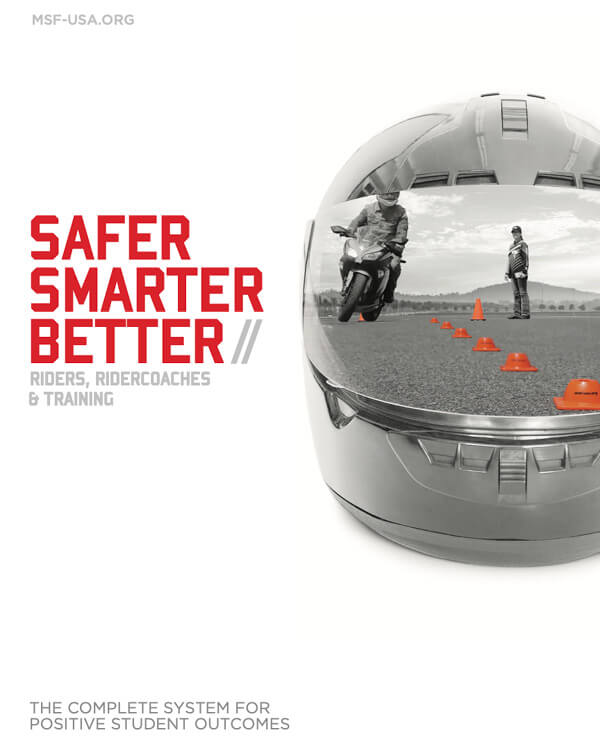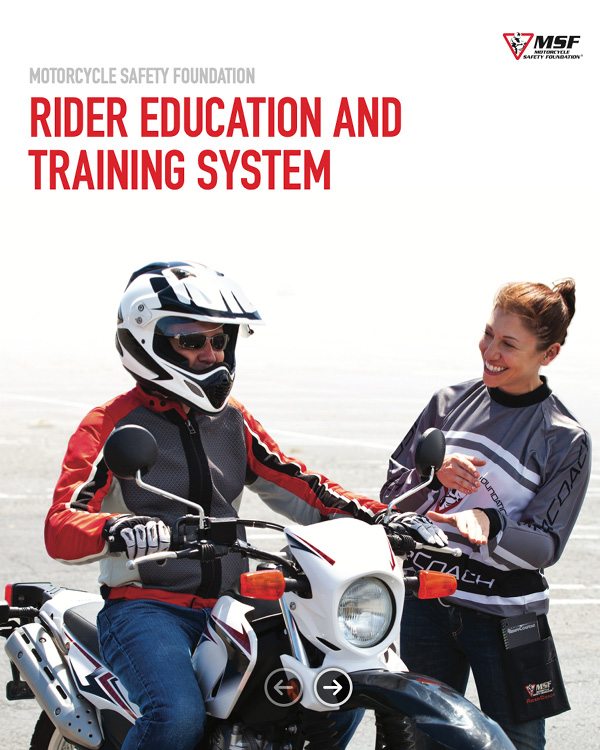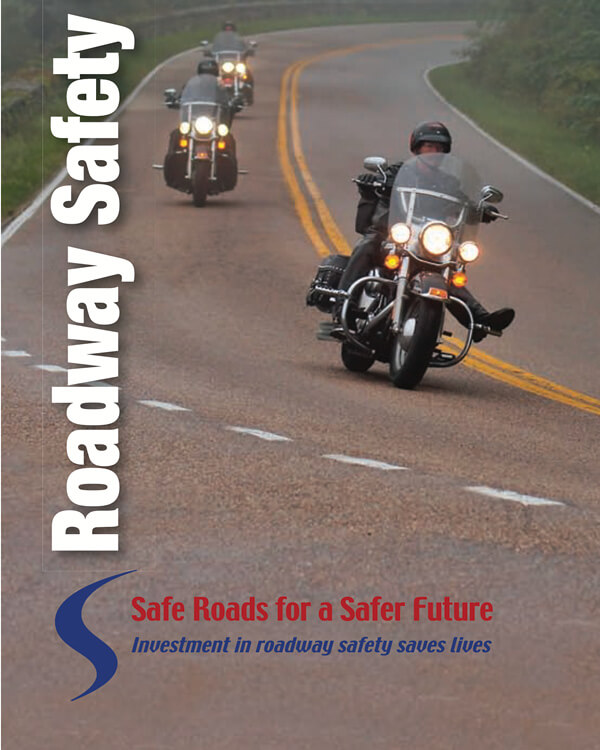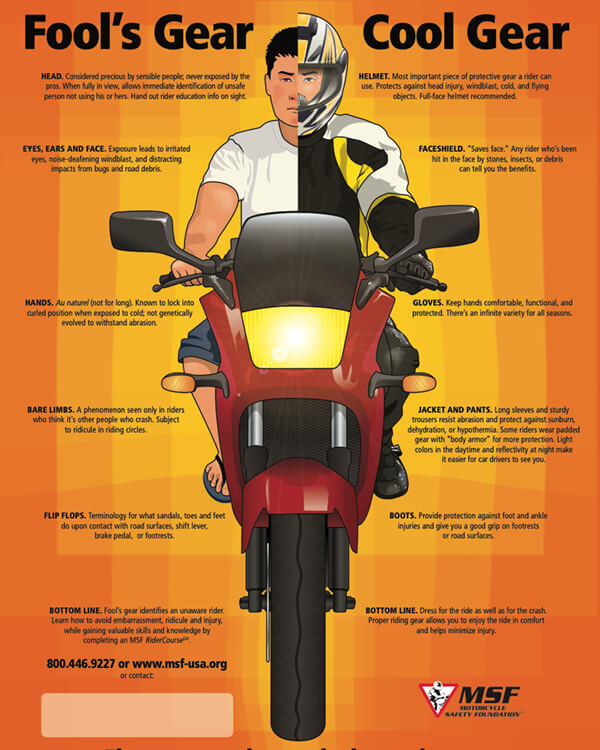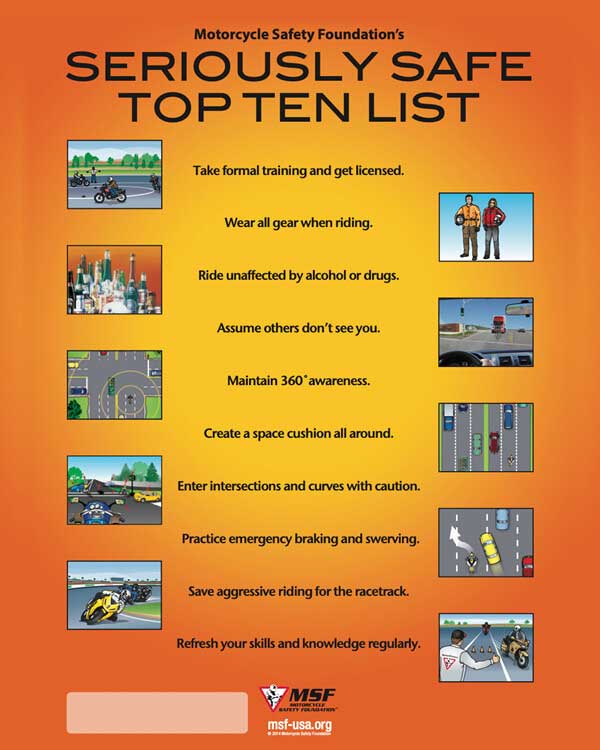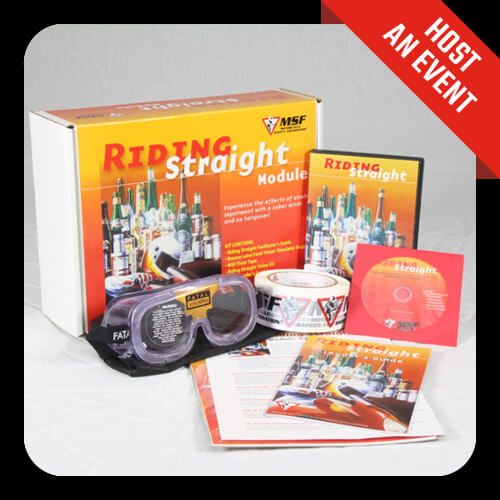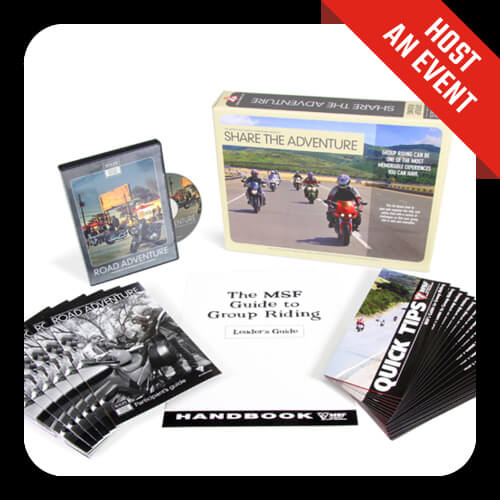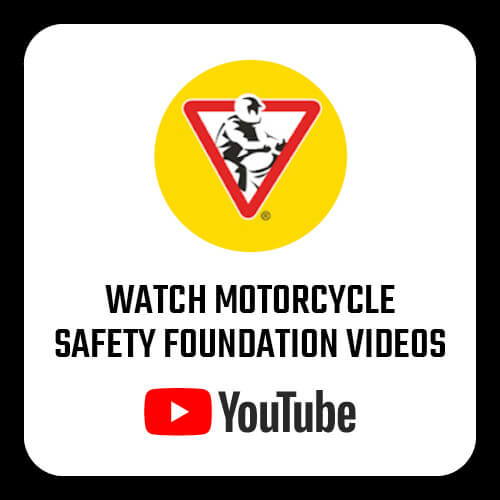Library
Quick Links
Please note that some documents in the library are available in PDF read-only formats. Copyrighted materials may not be reprinted without permission. If you have any questions regarding the use of MSF Library materials, please contact us at library@msf-usa.org.
RiderCourse Materials
Safety Publications
Safety Booklets may be downloaded and one printed copy of each booklet is permitted per user.
Reference Materials
Posters
Test Your Knowledge
Rider Perception Challenge (coming soon)
Test your visual perception skills with the Road Sign Test and the Collision Traps Test. In both tests, an image is flashed for a split second followed by a multiple-choice question about the image. The tests not only help you identify common road signs and typical traffic collision traps, but also demonstrate how quickly your eyes and mind can work together.
Test Your Motorcycling Knowledge
Test yourself with this 48-question quiz on the basics of motorcycling. These questions were drawn from the Basic RiderCourse classroom session and handbook.
Seeing is Believing (Optical Illusions)
Safe riding is a skill of the eyes and mind as much as it is a skill of the hands and feet. It’s important that riders have well-developed perceptive skills. Having good perception means to “see and understand accurately.” Our eyes see but our mind interprets, and sometimes we can be fooled into perceiving something that’s not there or missing something that is; and that can be disastrous when evaluating risk factors in traffic. The MSF RiderCourse uses the strategy of Search, Evaluate, Execute (S.E.E.) to describe the decision-making process that should be used while riding. Our eyes do the searching and our brain does the evaluating. But do we perceive accurately?
Take a look at these visual workouts to discover how our eyes can sometimes trick us… Click to view.
Presentations/White Papers - Miscellaneous
May 30-June 1, 2010
May 30-June 2, 2010
May 30-June 1, 2010
May 30-June 2, 2010
May 23, 2005
Press Release
Apr. 17, 2004
Paper
Paper
Paper
Paper
Paper
Presentations/White Papers - IMSC
Special Presentation
October 16, 2013
Paper | Slides
Session 1
October 16, 2013
Paper | Slides
Session 1
October 16, 2013
Paper | Slides
Session 1
October 16, 2013
Paper | Slides
Session 1
October 16, 2013
Paper | Slides
Session 1
October 16, 2013
Paper | Slides
Session 1
October 16, 2013
Paper | Slides
Session 2
October 16, 2013
Paper | Slides
Session 2
October 16, 2013
Paper | Slides
Session 1
October 17, 2013
Paper | Slides
Session 1
October 17, 2013
Paper | Slides
Session 1
October 17, 2013
Paper | Slides
Session 1
October 17, 2013
Paper | Slides
Session 1
October 17, 2013
Paper | Slides
Session 2
October 17, 2013
Paper | Slides
Session 2
October 17, 2013
Paper | Slides
Session 2
October 17, 2013
General Documents
Crash Causation
Paper | Slides
Paper | Slides
Paper | Slides
Rider Characteristics
Paper | Slides
Braking & Posture
Paper | Slides
Braking & Conspicuity
Rider Responses
Paper | Slides
Paper
Paper | Slides
Government & Other Strategic Initiatives
Paper | Slides
Paper | Slides
Slides
Community Rider Interaction
Paper | Slides
Licensing
Paper
Operational Aspects & Continual Improvement of Rider Training Programs
Paper | Slides
Slides
Protective Gear
Paper | Slides
Paper | Slides
Paper | Slides
Paper
Focus On Alcohol
Paper
Paper | Slides
Poster Presentations
Paper
Paper
Paper
Paper
Paper
Paper
Paper
Paper
Paper
Paper
Paper
Paper
Paper
Paper
Paper
Paper
Paper
Paper
Paper | Slides

